I had always taken my body’s skin for granted, focusing more on caring for my face rather than giving attention to the rest of my body. For years, my body care routine was almost non-existent – just a basic moisturizer, regular body wash and the occasional rosemary mist. I neglected SPF unless I was on vacation, and only occasionally used scrabs I received in Christmas gift boxes. While my face got all the attention, my body was left out in the cold, and my skin suffered because of it.
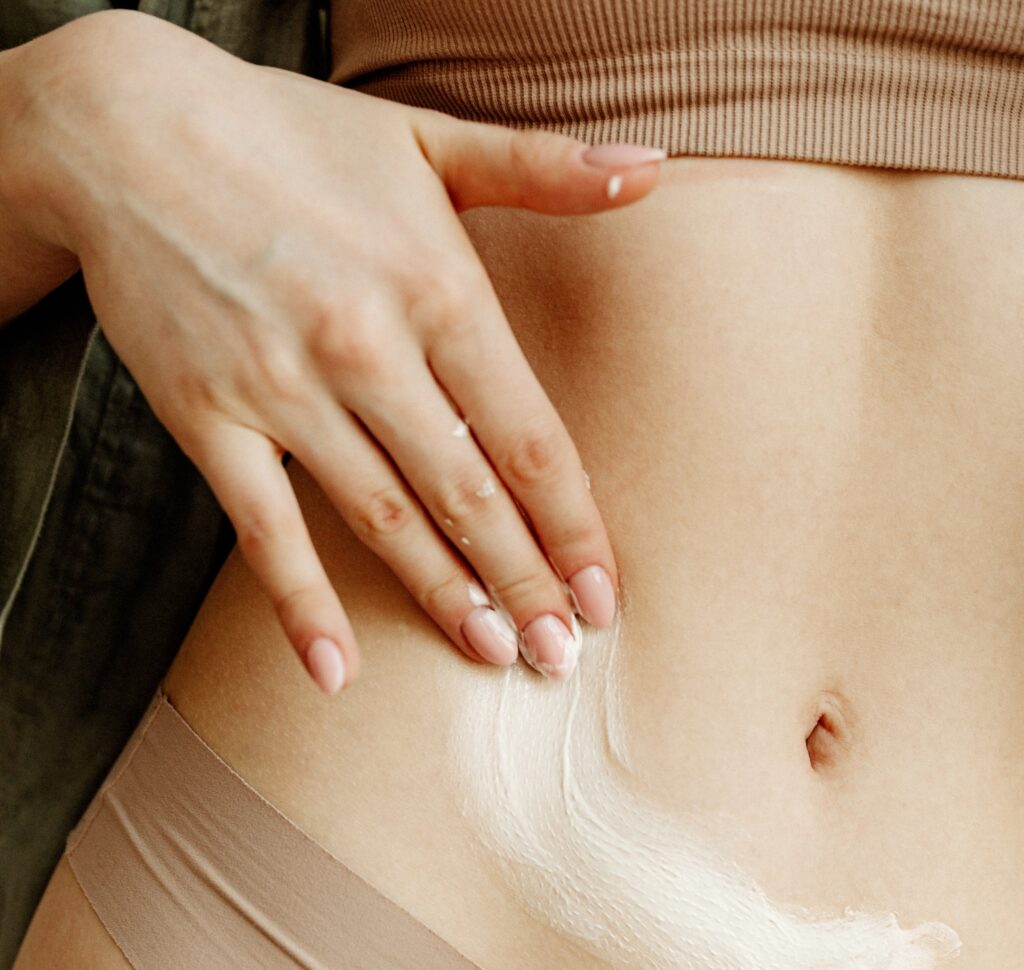
However, not long after I turned 25, I began to notice changes in my skin, especially on my legs, butt, and arms. It became dry, lost its softness and elasticity, and I started experiencing issues like keratosis and light body acne. Since the lack of a proper routine was the main reason for this neglect, I realized I needed to develop a routine to give my body the care it deserved.
It took me two years of experimenting with different products and procedures to develop the one that would transform my skin and fit into my busy lifestyle – quick to absorb, easy to follow, and effective. I also wanted a routine I could easily replicate at the gym or on vacation without lugging around 20 different products.
As a result, I found that our bodies require the same basic steps as our facial skincare: cleansing, exfoliating, and moisturizing, with a few slight alterations. I also learned that great skin isn’t necessarily about using expensive products or following complex routines; rather, it’s about consistency.
In other words, a simple yet consistent body care routine can work wonders for anyone. You don’t need to spend a fortune on your body skincare to have fabulous skin. Just love your body and give it the care it deserves. I noticed how my skin had transformed by sticking to these simple rules. It’s now hydrated, glowing, and free of keratosis. So I am excited to share my key hacks with you so you can start using them and enjoying the benefits right away.
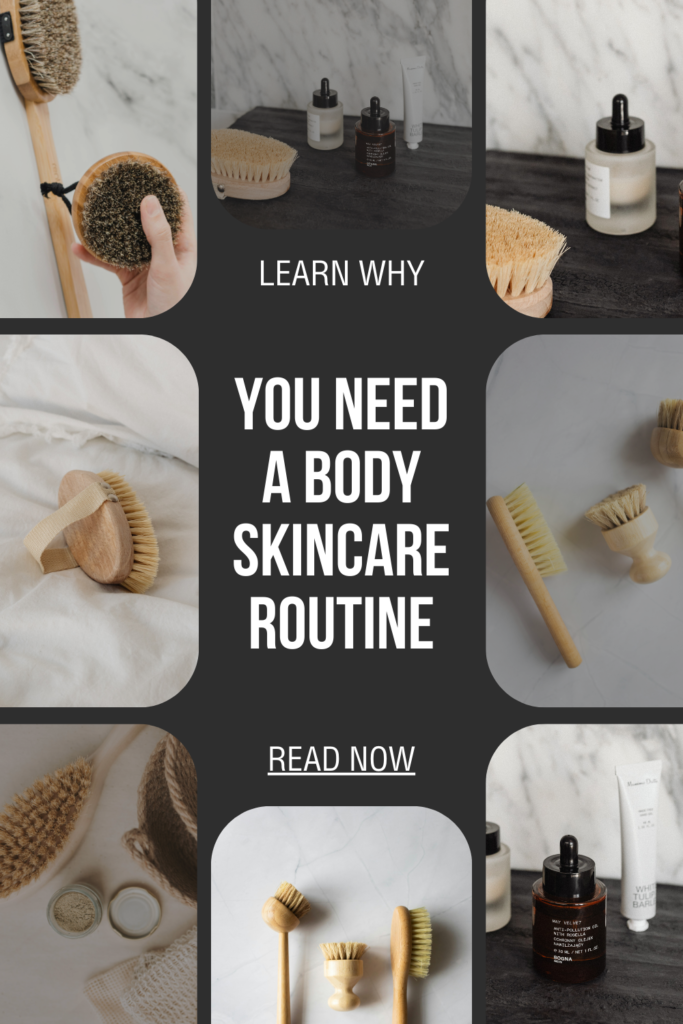
Bookmark this post for future reference!
Pre-shower routine
Step 1: Dry brushing
Dry brushing is a simple, often overlooked technique, much like a cold shower, that offers numerous great benefits. Massaging dry skin with a dry brush can help to gently exfoliate your skin and remove dulling skin cells, smoothing your skin in just a few minutes. It also improves lymph flow, reduces puffiness, and, if done consistently, even minimizes the appearance of cellulite (it really does). I do this every third day before showering or after a workout at the gym. The right techniques here are key, so it’s worth watching some tutorials to learn how to massage your body correctly.
The best part about dry brushing is that it requires only a few minutes of your time and is a free procedure that requires a one-off investment into a good-quality brush. There are two main sizes on the market – a small, round one with a strap that’s easy to take with you to the gym or on vacation, and a brush with a long handle for tricky areas like the back. When choosing between natural or synthetic bristles, experts suggest starting with soft natural bristles. Later, when you advance, you might try synthetic bristles, which can bring better results for normal or oily skin. Personally, I have both types of brushes – one for home and one for travel. If your budget allows this, consider this approach too.
In-shower routine
Step 2: Cleansing with body wash
Cleansing your skin removes dirt, sweat, and impurities that clog pores and dull your skin. Akin to meditation for your mind, this process serves as a reset button for your skin. I recommend choosing a sulfate-free body wash, as these formulas are gentler and won’t strip away your skin’s natural oils. Use lukewarm water instead of hot water to prevent dehydration. Also apply the body wash to your entire body, avoiding your face.
How to choose the right body wash for your skin type:
Dry skin: go for a cream or oil-based hydrating body wash containing oils, ceramides, or hyaluronic acid to keep your skin hydrated longer.
Acne-prone skin: Medical body washes from brands like Cerave or La Roche-Posay, with ingredients like salicylic acid or benzoyl peroxide, can help restore your skin’s pH and inhibit acne.
Sensitive skin: Choose a gentle, allergy-tested formula that is free of fragrances, dyes, and sulfates to avoid irritation.
Oily skin: Look for a body wash with glyceryl laurate to regulate oil production and reduce shine.
Normal skin: You have the freedom to choose based on desired results, with ingredients like retinol, Vitamin E, hyaluronic acid, or niacinamide for gentle pilling, hydration or antibacterial effects correspondingly.
Step 3: Exfoliation
Exfoliation is my favorite part of the routine. It’s key to removing dead skin cells and promoting cell turnover, leaving your skin smooth and prepped for better absorption of moisturizers. There are two main types of exfoliants: physical (scrubs) and chemical (AHAs like glycolic acid and BHAs like salicylic acid). Chemical exfoliants are generally preferred because they work more evenly and are less likely to cause irritation. Dermatologists suggest exfoliating 1–3 times per week. Having sensitive skin, I choose to exfoliate once a week, alternating between a regular salt scrub and an exfoliator that combats keratosis.
When exfoliating, be gentle, especially on sensitive areas like elbows, knees, and heels. Don’t forget about the area under the breasts, which can accumulate dead cells and sweat. However, avoid exfoliating the nipple area, and for the neck, use your face exfoliator. If you plan to shave, do it after exfoliating for a smoother result.
Post-shower routine
Step 4: Moisturizing
Moisturizing is essential to lock in hydration and keep your skin soft and nourished. Once you’ve exfoliated, don’t skip this step. Otherwise, it’s like eating a lot of salty food and then not drinking any water. Your skin needs this moisture boost, and applying moisturizer shows love and care for your body.
There are thousands of moisturizers on the market. So make sure to pick one that matches your skin type and addresses your individual skin needs. I suggest selecting a cream that fits your budget comfortably so you can apply it generously and consistently after every shower, especially after exfoliating or shaving. This approach will yield much better results compared to going for an expensive product and then using it sparingly.
I find that a rich, fast-absorbing lotion works best, especially when I’m at the gym and need to dress quickly. If you want a special fragrance, you can choose a moisturizer that matches your perfume. I like to apply it after a shower before a date – it gives me extra confidence, and it never fails to collect compliments from my partner and people around me.
For special areas like breasts, you can use a special moisturizer like I do to maintain skin elasticity and prevent aging, or just use your regular body moisturizer. Don’t forget your feet, as they often get extra dry and need more TLC.
Step 5: Sun protection
As a final step, apply sun protection if you plan to go outside. I probably don’t need to remind you how important sunscreen is for your health. If you’re curious about how sunscreen helps prevent premature skin aging and protects you from various skin issues, feel free to leave a comment below. Sunscreen with SPF 30 has become a daily habit for me during the summer, and I highly recommend not skipping this crucial step.
To conclude
This body care routine takes just 5 to 7 minutes. If I have some extra time, I like to sip my morning coffee, or continue with my self-care routine, while my cream absorbs or use the time to wash my hair. Creating a body care routine doesn’t have to be complicated or time-consuming. With the right products and, most importantly, consistent habits, you can achieve and maintain glowing, healthy skin. Remember, your body deserves the same love and care you give your face. Investing just five minutes a day can make a world of difference and your skin will give you a huge thank you.
Body care routine for glowing skin Q&A
How often should I exfoliate my body?
Exfoliating 2–3 times a week is generally sufficient. Over-exfoliating can strip the skin of its natural oils and lead to irritation. Adjust the frequency based on your skin type and sensitivity. For example, if you have sensitive skin like I do, 1 time per week is enough. And don’t forget to apply moisturizer afterward.
Can I use the same moisturizer for my face and body?
While you can use the same moisturizer, it’s often better to use products formulated specifically for the face and body. Facial skin is more delicate and prone to different issues compared to body skin. Body moisturizers are typically thicker and may contain ingredients that can clog facial pores. So, avoid using body moisturizer on your face unless it’s mildly formulated and recommended by medical experts.
What’s the best way to apply body lotion for maximum hydration?
The best time to apply body lotion is right after showering when your skin is still slightly damp. Use generous amounts and massage it into your skin in circular motions to promote absorption. Don’t forget sensitive areas like elbows, knees, and breasts
When is it better to apply SPF cream: right after a shower or just before going outside?
It’s better to apply SPF cream about 5-10 minutes before going outside to ensure the sunscreen has time to absorb and activate properly. Since many SPF filters are time-sensitive, there’s no need to apply it immediately after a shower if you’re staying indoors. Save it for when you’re actually heading out, whether it’s for outdoor activities or even just spending time on the balcony or in the garden.
Where should sunscreen be applied daily – on my whole body or just on exposed areas like the arms, face etc.?
In everyday life, focus on applying sunscreen to all exposed areas, like your face, neck, arms, and legs. However, if you’re wearing lightweight or sheer clothing that might let UV rays through, it’s wise to extend sunscreen application to covered areas as well. For days spent largely indoors, covering just the exposed areas is typically sufficient.
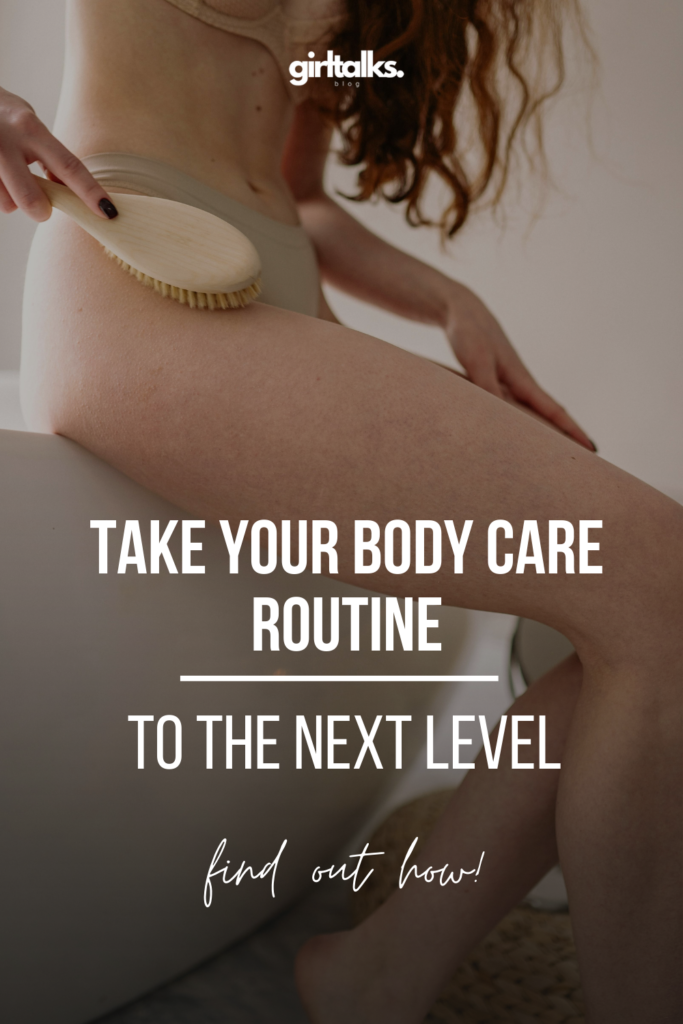
Pin this post for later!

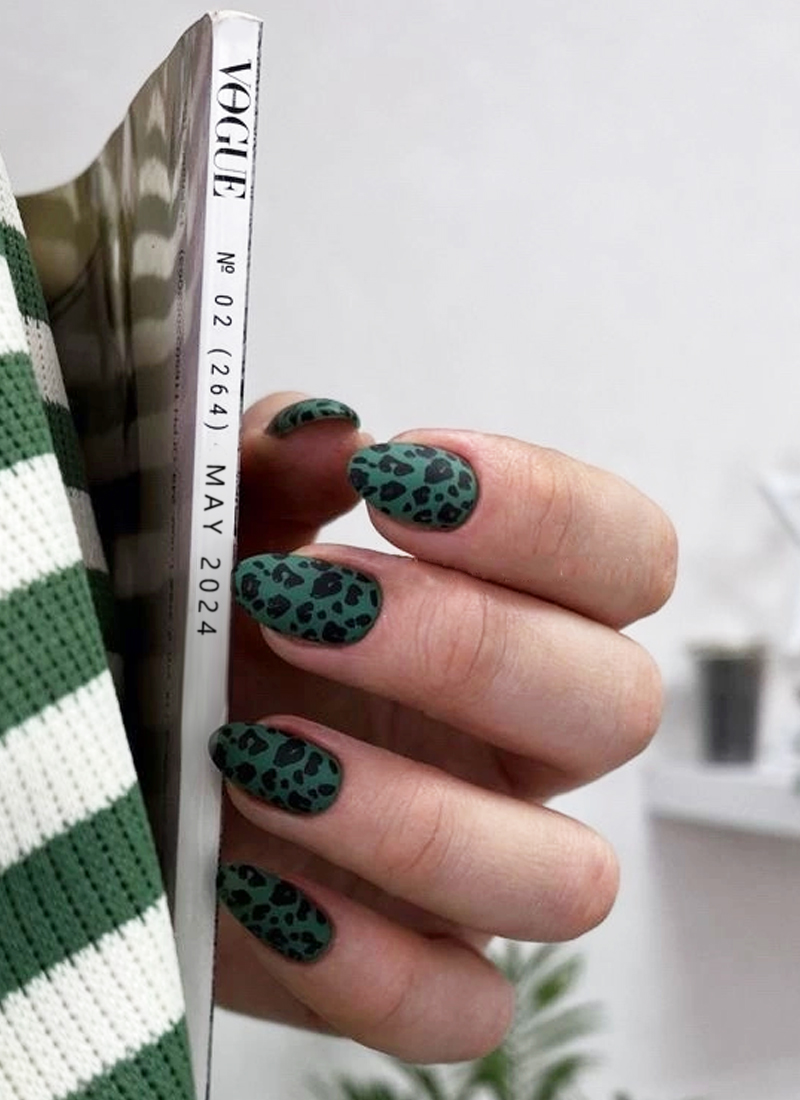

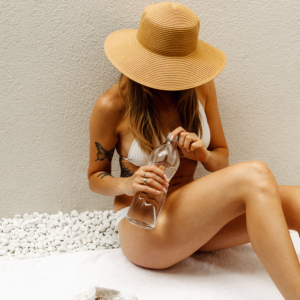

Leave a Reply